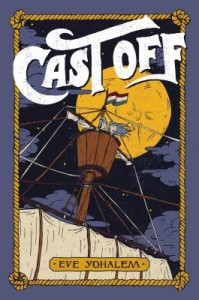Gender’s Lens: Society’s Views and Expressions of Gender
Text Set for Every Day by David Levithan
created by Jack Dunn
At a time where celebrities like Caitlyn Jenner exist, society is increasingly regarding gender as a fluid construct. With this established, one can better examine the how’s of society’s view of gender. I chose this approach because I think too often the context of gender is lost in its portrayal in different texts. When it comes to women, often the discussion is framed as a “How does (female character) embody/defy the stereotypes of women in (role)?” While ideas like “strong female archetypes” are important, it is equally important to understand why roles like this matter in literature. Women do not exist merely as affirmations and challenges to society and so should not be regarded solely as such within the classroom. We must consider womanhood as a varied, independent structure, not a response to a long-established, less-than definite construct of genders and their roles. As for masculinity, any discussion at all would be breaking from the norm. The ways that Pudge in Looking for Alaska challenges masculine stereotypes, that Finny in A Separate Peace might embody them are not typical discussion topics. I am not suggesting that these are questions that warrant discussion, but why they are not discussed is something worth exploring.
Every Day by David Levithan seemed like a logical choice as an anchor text. Its protagonist is genderless, and is afforded a unique perspective into the lives of both men and women. From there, I looked for texts that could be explored from this particular perspective in new and interesting ways. I tried to include as many different perspectives as possible. I wanted to then expand the context that this conversation exists within. I tried to include both anecdotal and objective information about gender from numerous perspectives. I also included information about transgender people as it is a growing important part of the gender discussion. This text set is mean to open up the conversation about a topic that has been contentious lately.
Anchor Text (although other texts may be used!):
Every Day by David Levithan
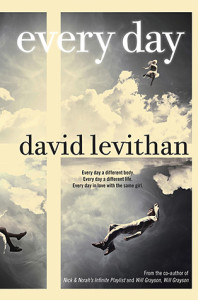
Books or Book Excerpts
Of Mice and Men by John Steinbeck
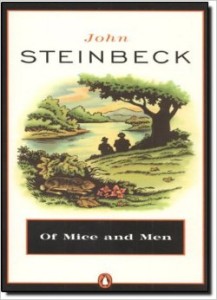
Speak by Laurie Halse Anderson
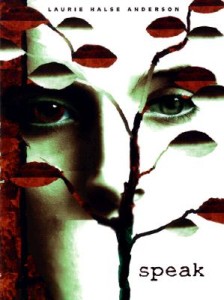
The Outsiders by S.E. Hinton
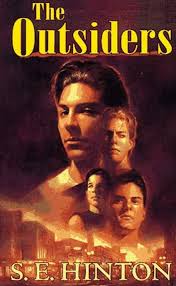
A Wrinkle in Time by Madeleine L’Engle

Poems and Songs
Jezebel – Iron & Wine https://www.youtube.com/watch?v=990kOZxIOKw
Shrinking Women – Lily Myers https://www.youtube.com/watch?v=zQucWXWXp3k
Gender Bender by Jennifer Michael Hecht
Short Stories
How to Date a Brown Girl (Black Girl, White Girl, or Halfie) by Junot Diaz
he Wife of Bath’s Tale by Geoffrey Chaucer
Videos/Movies
The Dark Knight Rises
The Demise of Guys? – Phillip Zimbardo
A Powerful Poem on What it Feels Like to Be
Darius Simpson & Scout Bostley – “Lost Voices” (CUPSI 2015)
Articles/Internet Sources
Caitlyn Jenner – Diane Sawyer interview
Beyond ‘he’ and ‘she’: The Rise of non-binary pronouns
Excerpts from Constructing New Masculinities: The Representation of Masculinity in U.S. Literature and Cinema
Tips for Allies of Transgender PeopleGLAAD
Toys Are More Divided by Gender Now Than They Were 50 Years Ago by Elizabeth Sweet
Guiding Questions
- What does being a woman mean? What does being a man mean?
- Is gender binary? Should it be binary?
- How does gender affect individuals?
- Is gender a necessary categorization of people?
- To what extent is gender a fluid construct?
- What do we talk about when we talk about gender?
- How does American culture define/express gender through different media and language?
- What traits and ethics are associated with gender? What are the implications of those associations?
Writing Prompts
- What does gender mean to you? Does YOUR gender mean something to you? If so, what?
- How are the stereotypes and ideas that are applied to femininity/masculinity a woman/man?
- How do ideas about gender affect those they apply to? How does this manifest itself in literature and the real world?
- What does it mean to be a Strong Female Archetype? How does the way society views gender influence their prevalence in fiction? People to consider during your response: Meg Murry, Selena Kyle (Catwoman), Melinda Sordino, and Jezebel
- Compare and contrast the relationships of Ponyboy-Cherry Valance, Bruce Wayne/Batman-Selena Kyle/Catwoman and A-Rhiannon? What part do gender and society’s views of gender play in each? What factors affect/complicate the role of gender in these relationships?
A special thanks to Jack for taking a unique perspective on the topic of gender. We hope this text set will prove useful for many anchor texts and classroom discussions! What do you think?



